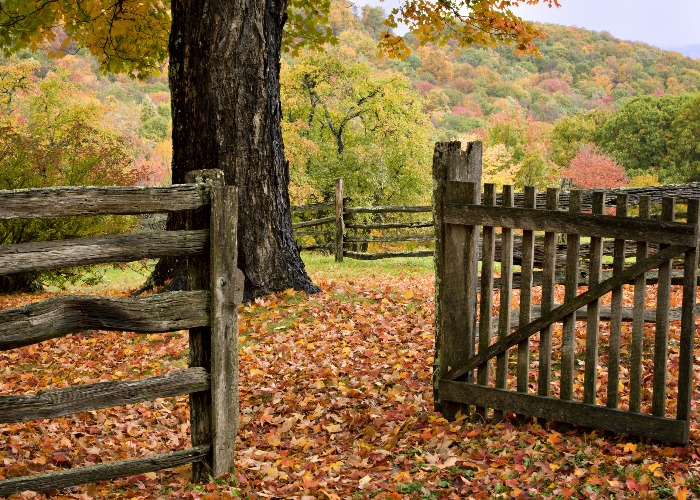You're the expert: 'I've been told I'm responsible for a huge oak tree'

A loveMONEY reader is having a boundary dispute relating to a huge oak tree he was originally told wasn't on his property. What should he do?
The loveMONEY community has experts in pretty much every area.
So when we saw this issue from reader @Lone Ranger we thought we'd put it out in the newsletter to see if anyone can offer some much-needed help.
His story goes as follows:
"Hello, I bought a bungalow in December 2018, and at the bottom of my garden is a very large oak tree – 40-foot plus.
I wasn’t too bothered about it as it was the other side of my boundary fence!
However, it has been brought to my attention that the said fence is not my boundary fence its what’s left of an old fence approximately four feet beyond the oak tree, meaning this oak tree is my responsibility.
This was not highlighted in the seller’s pack.
Where do I stand? Any help on this one please and thanks."
Suggested reading/help:
Most Recent
Comments
-
It seems you’ve gained a few metres of land, nice! Just get it chopped, not massively expensive, and sell it as firewood or, depending on the tree it may have more value as green oak for construction etc.
REPORT This comment has been reported. -
We have a holm oak of similar size, in the front of our urban house. The Borough Council protected it with a TPO so we can't do very much to it. However, when we have had tree surgeons to attend to other trees we have, the costs are not great. To remove your oak will possibly be less than £1000, to give it a haircut, a few hundred. As it is an oak tree, ask firewood sellers how much they will pay you for the wood/whole tree.
REPORT This comment has been reported. -
The boundary will almost certainly have been defined on any plan attached to the TP1 lodged with the Land Registry. Whilst there could be a little lattitude on the exact boundary line, I would suggest in this case, it should be clear whether the land conveyed (and therefore good title) is one side or the other of the tree. If the conveyed boundary puts the contentious tree outside your property, it would be advisable to erect a suitable fence or wall (depending on local restriction such as a listed property or a conservation area). Googling up your local authority planning website to see if you need permission should help. If it's clear your boundary means that the tree is on your land, you will need to examine what replies your vendor made to enquiries before contract. You will then need to get a lawyer, completely independent of your conveyancer to examine the contract and ascertain whether either your vendor, your conveyancing solicitor (or both) are liable for non-disclosure and what remedy you should seek.
REPORT This comment has been reported.
Do you want to comment on this article? You need to be signed in for this feature









04 May 2020